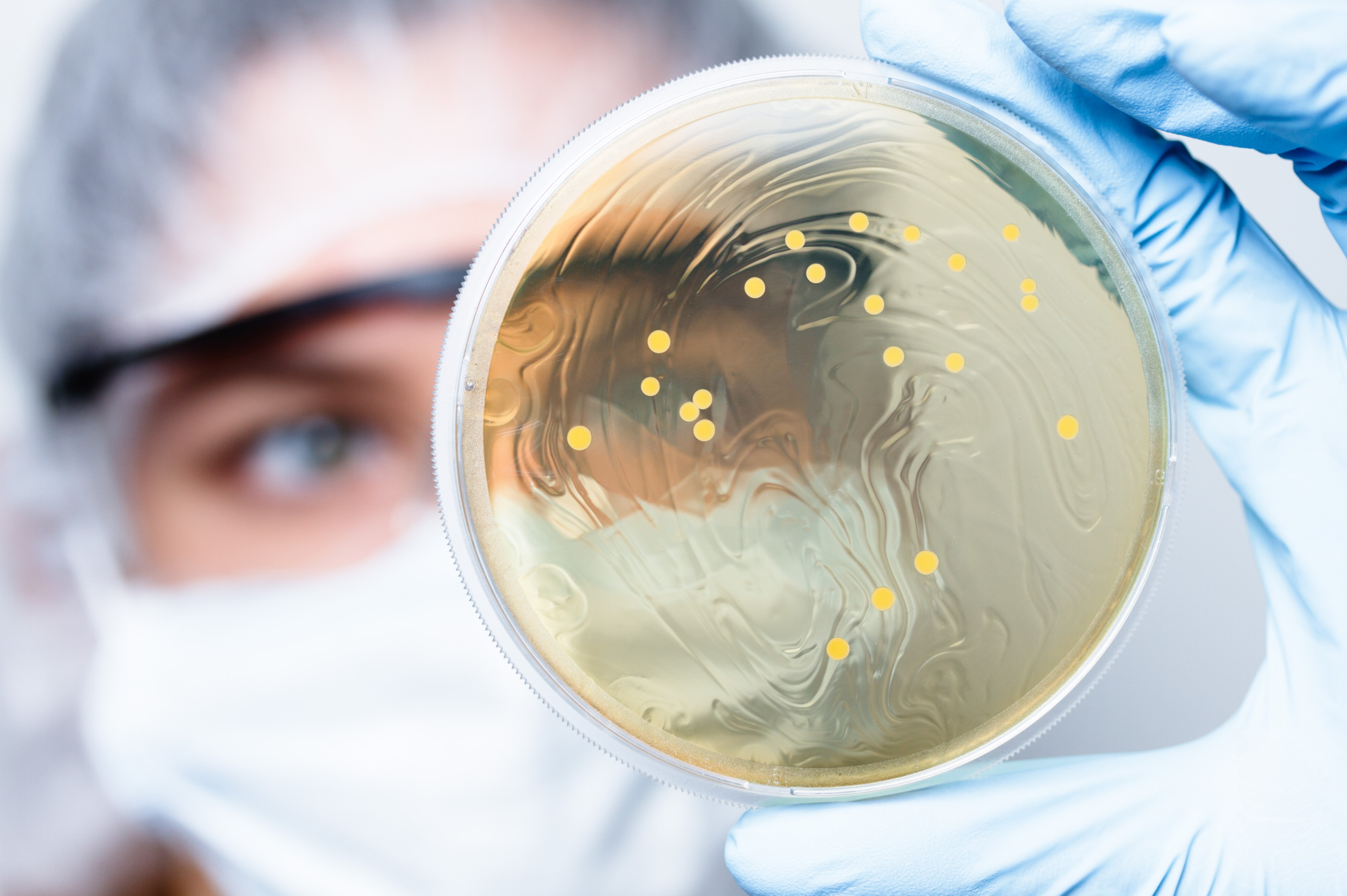Bioburden and Aseptic Control Strategy

Bioburden control in pharma or biopharma processes is critical to assuring the microbial safety of the drug for patients. Bioburden reduction or sterilizing filters are an integral component of all bioburden control strategies. Environmental monitoring, sterility testing, and bioburden testing confirm process control.
Bioburden control
Biopharma processes are at greater risk of microbial contamination than classic pharma processes, often requiring different control strategies. Manufacturing operations must consider the sources of bioburden, different options for bioburden control, and the various requirements for control at different steps throughout processing. Process designs that minimize the risk of bioburden contamination will reduce process-related failures and the resulting investigations.
Every bioburden control strategy relies on three core elements:
- Assessing the needs for bioburden control at different steps in the production process
- Confirming performance as expected under process conditions
- Monitoring the process to confirm bioburden control is maintained during every production run
Related Product Resources
Bioburden Control
Brochure: Mission: Control - Strategies for Effective Bioburden and Aseptic Control
Webinar: Find Your Filter – Which Aseptic Filter is Best for Your Process?
Webinar: Filter Integrity Testing Best Practices
Webinar: Strategies to Address Bioburden Control in Downstream Processing
Article: A Holistic Approach to Bioburden Control in Downstream Processing
Sterile Filtration
Webinar: Risk-Based Assessment of Sterilizing Grade Filters
Webinar: Sterile Filtration Validation Best Practices
Webinar: Potential Impact of Draft Annex 1 on Sterilizing Filtration
Article: Validation and Qualification of Sterile Filters for INDs
Filter Operations
Webinar: Selection, Sizing, and Operation of Bioprocess Filtration Trains for Optimal Performance
Brochure: Vmax™ Constant Pressure Test for Reliable Filter Sizing
Filter selection for bioburden control: bioburden versus sterility
Filtration technologies are a key component of every bioburden control strategy. Different types of filters are used throughout pharma and biopharma manufacturing to control different aspects of the processing environment. Gas or vent filters, for example, maintain the boundary between the environment and the fluid path; these filters prevent microbial ingress to the process fluid and minimize the risk of potentially harmful materials releasing to the environment.
Sterility of the final drug product requires that the fluid stream be processed through multiple bioburden reduction or sterilizing filters at different steps. Selection of a bioburden reduction or sterilizing filter is highly dependent on the specific operation and process risks, guided by risk analysis. Information on the process fluid, its compatibility with filter materials, and process requirements for either bioburden reduction or sterile filtration, informs filter selection. Other important considerations include confirming that the specifications of the filter meet operating requirements, as well as availability of a format and size that meet specific process needs.
Different filter formats offer flexibility:
- Cartridge filters are commonly used for larger processes requiring more filtration area and/or lower unit operating cost. These filters are used with stainless steel housings and can withstand autoclaving and multiple steam-in-place cycles.
- Capsule filters are disposable self-contained filters that eliminate the time and expense associated with assembling, cleaning, and validating stainless steel housings. Capsules may be sterilized by autoclaving or gamma irradiation, or may be purchased pre-sterilized.
Working with an experienced filtration partner can simplify selection of gas and vent, bioburden reduction, or sterilizing filter products.
Optimizing filter performance
After narrowing down the bioburden reduction or sterilizing filter options, the next step is to optimize performance of the filters or filtration train to maximize process efficiency. Prefilters are a cost-effective option to reduce the levels of particles in process streams and are often used to increase the volume processed through more costly sterilizing filters. The right prefilter should provide the required product quality and improve overall process economics.
A component of filter selection and filter train optimization is a filter sizing, or a Vmax™ study with process fluid. The results of these small-scale studies are used to estimate filter area requirements for larger, production-scale processes.
Confirming filter performance
Once selected, regulatory guidance requires that manufacturers of pharma and biopharma products must demonstrate their filters are suitable for use. These requirements are dependent on the claims for microbial removal: filters for bioburden reduction have different requirements than sterilizing filters at critical process steps. Regulatory guidance outlines expectations for confirming filter suitability and validating performance.
During each production run, filter performance must be verified. Integrity testing is a simple way to confirm that the filter delivers the expected level of microbial retention. Where sterility is claimed, regulatory agencies worldwide require that filter integrity is verified before and after use.
Successful integrity testing is a critical link between validation of the filter and the production run. As pharma and biopharma processing systems have evolved, there has been increased regulatory focus on integrity testing, system design, and where integrity testing is performed. Understanding the requirements and associated risks can inform filtration system design.
To continue reading please sign in or create an account.
Don't Have An Account?